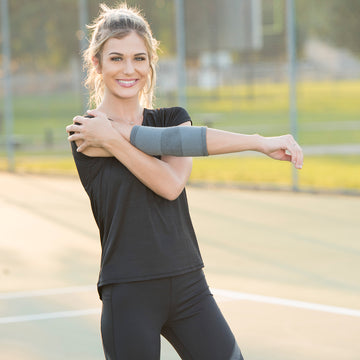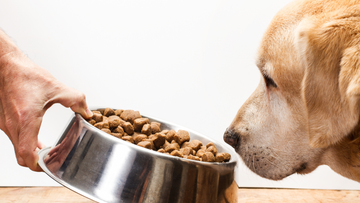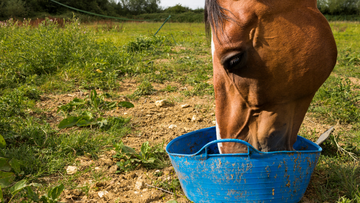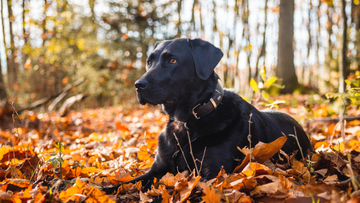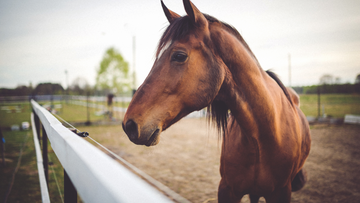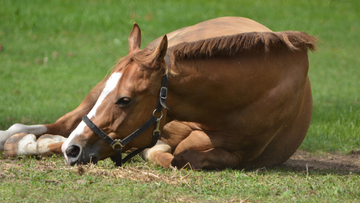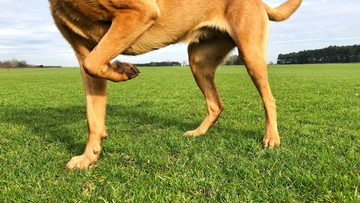Equestrian Vaulting is most often described as gymnastics and dance on horseback. It is a unique and growing sport that offers a wonderful way to develop coordination, balance, strength, and creativity. Vaulting can be practiced both competitively and non-competitively. Vaulting horses wear a bridle with side reins, surcingle, and a thick back pad. The surcingle has special handles and leather loops which aid the vaulter in performing certain moves. Many different breeds and sizes of horses can be used for vaulting. The best vaulting horses are calm, strong, fit and kind, with a consistent gait.

Vaulting origin can be traced back to Roman games which included acrobatic displays performed on cantering horses. Modern vaulting was developed in postwar Germany to introduce children to equestrian sport, and it remains a popular training and competitive endeavor across Europe. However, it didn’t make it to the U.S until the ate 1950’s. The first World Cup Vaulting competition was held in Leipzig on April 29-30th 2011. In competitive vaulting, vaulters compete as individuals, pairs, and teams. The rider and horse will both be judged on a scale from 1 to 10. Competitions consists of required exercises that are chore-graphed freestyle exercises done to music. Most importantly, a big part of vaulting, is for the rider to be able to understand the horses body language. This is highly important for the rider’s safety, the horse’s well-being, and safety as well as the lunger's ability.
The 7 exercises that are required are:
- Mount
- Basic Seat
- Flag
- Mill
- Scissors
- Stand -
- Flank
In conclusion, as well as being used for entertainment, equestrian vaulting is also a vital part of some equine-assisted therapy programs. The sport inspires the progress of strength, flexibility, and confidence, patients often benefit from contact with animals such as horses on a psychological as well as physical level. Therapeutic vaulting is less physically difficult than the competition form, but it can still be a very good workout, challenging the rider to his or her limits and encouraging the development of a strong, healthy body.
 Vaulting origin can be traced back to Roman games which included acrobatic displays performed on cantering horses. Modern vaulting was developed in postwar Germany to introduce children to equestrian sport, and it remains a popular training and competitive endeavor across Europe. However, it didn’t make it to the U.S until the ate 1950’s. The first World Cup Vaulting competition was held in Leipzig on April 29-30th 2011. In competitive vaulting, vaulters compete as individuals, pairs, and teams. The rider and horse will both be judged on a scale from 1 to 10. Competitions consists of required exercises that are chore-graphed freestyle exercises done to music. Most importantly, a big part of vaulting, is for the rider to be able to understand the horses body language. This is highly important for the rider’s safety, the horse’s well-being, and safety as well as the lunger's ability.
Vaulting origin can be traced back to Roman games which included acrobatic displays performed on cantering horses. Modern vaulting was developed in postwar Germany to introduce children to equestrian sport, and it remains a popular training and competitive endeavor across Europe. However, it didn’t make it to the U.S until the ate 1950’s. The first World Cup Vaulting competition was held in Leipzig on April 29-30th 2011. In competitive vaulting, vaulters compete as individuals, pairs, and teams. The rider and horse will both be judged on a scale from 1 to 10. Competitions consists of required exercises that are chore-graphed freestyle exercises done to music. Most importantly, a big part of vaulting, is for the rider to be able to understand the horses body language. This is highly important for the rider’s safety, the horse’s well-being, and safety as well as the lunger's ability.

